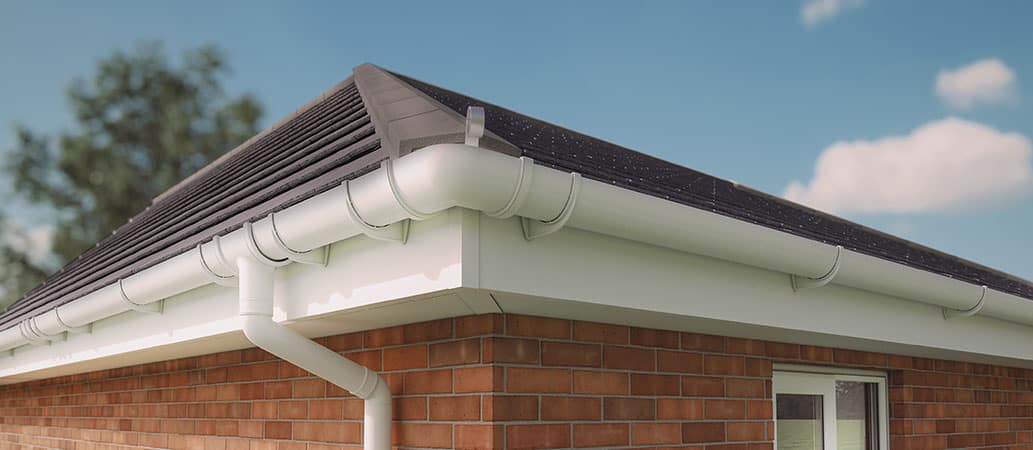
Fascia And Soffit Contractor
Add a review FollowOverview
-
Founded Date 1909 年 7 月 14 日
-
Sectors Graphics
-
Posted Jobs 0
-
Viewed 41
Company Description
20 Trailblazers Setting The Standard In Fascia Board Repair
Fascia Board Repair: A Comprehensive Guide
Fascia boards play an important role in the structural stability of a home. They are the long, straight boards that run along the lower edge of the roof; they serve both practical and visual functions. In time, fascia boards can suffer from damage due to the components, insects, or bad drain systems. This post intends to supply a thorough understanding of fascia board repair, detailing necessary information on identifying damage, repair techniques, and maintenance tips for homeowners.
Understanding Fascia Boards
Fascia boards are usually made from wood, vinyl, or aluminum. Their primary function is to support the bottom row of roofing shingles and conceal the rafters, thus providing a clean and ended up seek to the roofline. Moreover, fascia boards likewise play a crucial role in securing your home from water damage by helping to direct rainwater far from the house through seamless gutters.

Why Repair Fascia Boards?
Harmed fascia boards can lead to a plethora of concerns, consisting of:
- Water damage: Allowing wetness to penetrate the roofing system structure, leading to mold and structural decay.
- Bug invasions: Damage can offer entry points for insects like squirrels or pests.
- Visual concerns: Cracked, deformed, or peeling fascia can diminish a home’s curb appeal.
Determining Damage
Before continuing with repairs, it is essential to determine the condition of your fascia boards. Some common signs of damage consist of:
- Rotting wood: Often resulting from extended exposure to wetness.
- Peeling paint: Indicates moisture intrusion or insufficient sealing.
- Fractures or splits: Can take place due to thermal expansion or extreme weather conditions.
- Sagging or RepairMyWindowsAndDoors dislodged boards: May be indicative of structural problems or insects.
Table 1: Common Fascia Board Damage Types
| Damage Type | Description | Trigger |
|---|---|---|
| Decomposing | Soft, spongy texture | Prolonged wetness direct exposure |
| Peeling Paint | Flaking or blistering paint | Wetness infiltration |
| Cracks | Noticeable cracks | Thermal expansion |
| Sagging | Board is not lined up appropriately | Structural damage |
| Pests | Holes or tunnels in the board | Entry by rodents/insects |
Fascia Board Repair Techniques
Fixing fascia boards involves a number of methods based upon the type and extent of damage. Below are effective methods for fascia board repair.
1. Minor Damage: DIY Repair
For minor damages, property owners can often deal with repairs with basic tools.
Products Needed:
- Wood filler or epoxy
- Paint or sealant
- Sandpaper
- Putty knife
- Primer (if repainting)
Steps:
- Assess Damage: Identify the level of damage and figure out if the whole board requires replacement or if repairs are sufficient.
- Clean Area: Remove any particles or loose paint.
- Fill Gaps: Apply wood filler or epoxy to fractures or holes utilizing a putty knife.
- Sand Smooth: Once dry, sand the fixed location to create a smooth surface area.
- Paint/Seal: Apply primer and paint to match the fascia.
2. Significant Damage: Board Replacement
If a fascia board is significantly damaged, a complete replacement may be required.
Materials Needed:
- New fascia board (wood, vinyl, or aluminum)
- Nails or screws
- Hammer or drill
- Safety goggles and gloves
- Primer and paint (if wooden)
Steps:
- Remove Damaged Board: Carefully get the harmed fascia using a lever or saw, making sure not to disrupt surrounding products.
- Procedure and Cut: Measure the brand-new board to the same length as the old one and cut appropriately.
- Attach New Board: Position the new fascia board and secure it with nails or screws, guaranteeing it is flush against the roofline.
- Complete: Paint or seal the brand-new board to protect against wetness.
3. Professional Help
For substantial damage or house owner unpredictability, working with a professional contractor may be the very best alternative. A competent contractor can examine the circumstance accurately and guarantee that any repairs or replacements are up to industry standards.
Maintenance Tips for Fascia Boards
To prolong the life of fascia boards and prevent future damage, think about the following maintenance ideas:
- Regular Inspection: Check fascia boards a minimum of when a year for indications of damage.
- Clean Gutters: Ensure rain gutters are regularly cleaned to prevent water from pooling or overflowing onto fascia boards.
- Seal and Paint: Apply sealant or paint every couple of years to safeguard wooden fascia boards from wetness.
- Trim Overhanging Branches: Prevent physical damages from falling branches by keeping surrounding trees trimmed.
FAQ Section
Q1: How often ought to I check my fascia boards?A1: It is advisable to
examine your fascia boards a minimum of as soon as a year, particularly after heavy storms or seasonal changes. Q2: Can I paint over peeling fascia?A2: Peeling
paint must be removed, the location should be sanded, and any underlying damage must be addressed before repainting. Q3: Is it necessary to replace the whole fascia board if it’s damaged?A3: Not necessarily; minor damage can often be fixed with filler, but comprehensive damage may warrant replacement. Q4:
What products are the very best choices for fascia boards?A4: Wood is conventional and aesthetically pleasing; nevertheless, vinyl and aluminum are more durableand resistant to rot and insects. Fascia board repair is a vital element of home maintenance that considerably affects the general health of the roofing system and structure. By determining damage early, utilizing efficient repair strategies, and sticking to maintenance tips, homeowners can safeguard their residential or commercial property from expensive repairs in the future. Whether selecting DIY methods or looking for professional aid, understanding the value of fascia boards and their upkeep is important for any homeowner.


